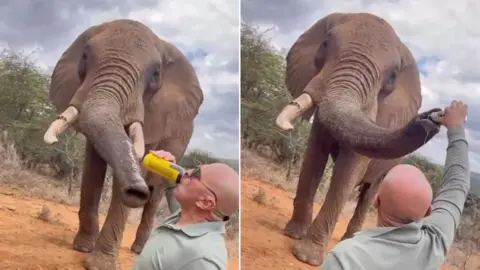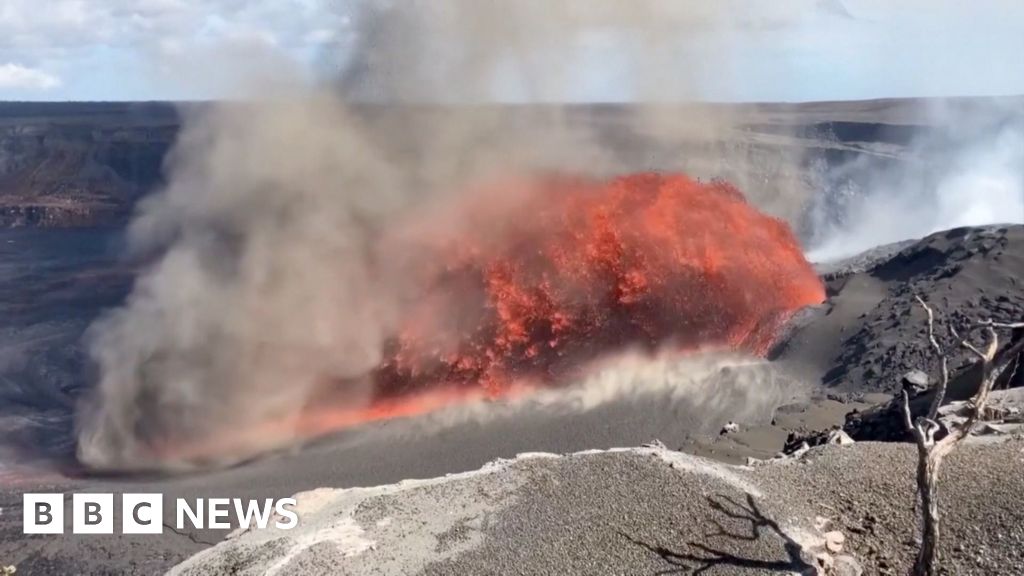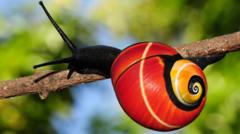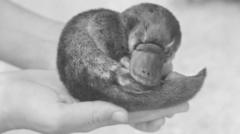When the aviary door opened, five young ʻalalā—Hawaiian crows—peered out cautiously, marking their first moments of newfound freedom. These glossy black birds are part of a critically endangered species, with only about 110 remaining globally, facing extinction in the wild since 2002. Previous attempts to reintroduce them have ended in failure, leading researchers to adopt a new strategy: releasing them on Maui instead of their native Big Island, where they had fallen prey to hawks.
This shift in strategy is predicated on the belief that Maui's environment is safer and may allow the crows to thrive. Alison Greggor, an ecologist with the San Diego Zoo Wildlife Alliance, emphasized the significance of these birds, stating, “They are shouldering all of the hopes of their species. They are the future.” The new release, which took place in November, is a collaborative effort involving a mix of nonprofit organizations, state agencies, and federal partners.
Previous reintroductions, attempted between 2016 and 2019, were riddled with challenges despite rigorous training to condition the birds to fear predators. Keepers employed techniques such as playing hawk sounds and using taxidermied models to simulate threats. Out of the 30 ‘alalā released earlier, the population initially fared well, with many surviving for over a year; however, their numbers dwindled due to various dangers, including hawk predation, until only five were brought back into captivity in 2020.
By relocating the reintroduction efforts to Maui, conservationists aim to shield the ʻalalā from their previous predators while they adapt and regain their strength in the wild, ultimately paving the way for a future return to their native habitat. The success of this reintroduction will be a critical measure of hope for the ongoing survival of the Hawaiian crows.




















